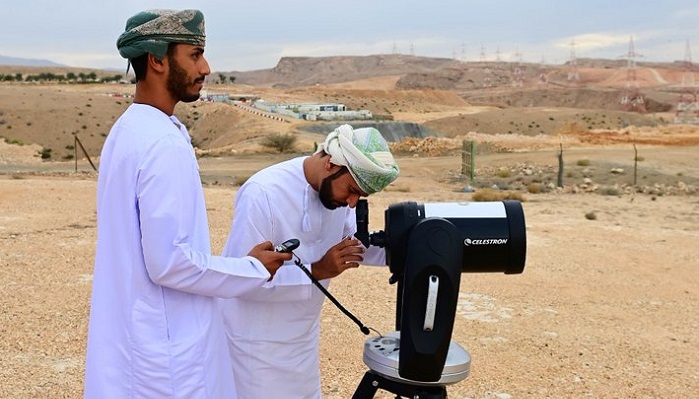The Ministry of Endowments and Religious Affairs in Muscat has called on citizens and residents to investigate the sighting of the crescent of Dhul-Hijjah on Thursday, June 6, 2024. The main committee to investigate the sighting of the crescent for the year 1445 AH will meet at the Ministry’s General Office tomorrow evening. If the sighting of the Dhul-Hijjah moon is confirmed, Eid Al Adha will begin on Sunday, June 16, 2024. However, if the crescent is not confirmed, the first day of Eid Al Adha will be on Monday, June 17, 2024.
Observing the crescent of Dhul-Hijjah is an important religious practice for Muslims as it marks the beginning of the Hajj pilgrimage to Mecca. The Ministry’s call to investigate the sighting of the crescent emphasizes the significance of this event in the Islamic calendar. Muslims around the world eagerly await the confirmation of the moon sighting, as it determines the start of the Eid Al Adha celebrations.
The crescent of Dhul-Hijjah is traditionally sighted based on the lunar calendar, and the process of confirming its sighting involves a special committee convened by the Ministry of Endowments and Religious Affairs. This committee plays a crucial role in determining the exact date of Eid Al Adha, which is a major religious holiday for Muslims worldwide. The timing of Eid Al Adha is determined by the sighting of the crescent, adding to the anticipation and excitement surrounding this event.
The Ministry’s statement underscores the need for citizens and residents to actively participate in the investigation of the crescent sighting. This call to action highlights the importance of community involvement in the religious rituals and observances of the Islamic faith. By encouraging individuals to be vigilant in observing the moon, the Ministry is promoting a sense of unity and collective responsibility among Muslims in Oman.
The potential dates for Eid Al Adha, depending on the confirmation of the crescent sighting, serve as a reminder of the flexibility and diversity within Islamic traditions. The varying start dates for Eid Al Adha illustrate the global nature of Islam, with different regions following unique interpretations of lunar sightings. This diversity adds richness and depth to the religious practices of Muslims worldwide, reflecting the unity and cohesion of the Islamic faith.
In conclusion, the Ministry of Endowments and Religious Affairs in Muscat is urging citizens and residents to investigate the sighting of the crescent of Dhul-Hijjah to determine the start date of Eid Al Adha. The process of confirming the crescent sighting is a significant aspect of Islamic tradition, marking the beginning of the Hajj pilgrimage and the Eid Al Adha celebrations. By actively engaging in this practice, individuals can strengthen their connection to their faith and community, fostering a sense of unity and shared responsibility. The potential dates for Eid Al Adha highlight the diversity and complexity of Islamic traditions, showcasing the richness and global reach of the Islamic faith.





















